The agricultural sector of localities in the Southwest region has launched a smart rice farming model in response to the project of sustainable development of 1 million hectares of high-quality and low-emission rice associated with green growth in the Mekong Delta by 2030; helping people benefit from increased product value and selling carbon credits.

Smart farming models create a closed rice growing process from providing input materials to technical solutions, monitoring methods, measuring, reporting emissions...
Double effect
Implementing the project of sustainable development of 1 million hectares of high-quality and low-emission rice associated with green growth in the Mekong Delta by 2030 (Project) of the Ministry of Agriculture and Rural Development , some localities in the Mekong Delta have launched the model of "Alternating wet-dry smart rice cultivation" with an environmental monitoring unit to assess carbon emissions. Farmers implementing the Ecocycle farming process of BSB Company and Net Zero Carbon Company according to AWD standards help reduce the use of pesticides by about 30%, reduce the amount of chemical fertilizers by about 10%, thereby reducing the amount of emissions in rice fields and improving the health of growers.
The entire process is monitored and managed by satellites of Spiro Carbon Company (USA). In Hau Giang province, farmers in Truong Long Tay commune, Chau Thanh A district, deployed on an area of over 18 hectares, applying nano silica extracted from rice husks and Cherry micronutrient fertilizer to help the rice plants stay healthy and the roots develop well. The process has a total field retention time of 47 wet days and 53 dry days. In which, people strictly carry out nine stages divided into four times of water intake into the field and five times of water discharge. At the stage of 85 days after sowing, water is discharged to dry the field surface, improve rice quality and facilitate the use of machines during harvest.
Thereby, reducing carbon emissions into the environment by 3.5-4 tons/ha/crop. Rice grains are cleaner, greener, increasing productivity and health for growers. Farmer La Van Hanh, Truong Long Tay commune, excitedly said: "Previously, we only used chemical fertilizers, now we reduce chemical fertilizers, use biological fertilizers, so the cost is lower than before, and it also has the effect of protecting the environment".
Tan Long Cooperative in Tan Long Hamlet, Vinh Tuong Commune, Vi Thuy District has implemented this model in the summer-autumn rice crop with OM 18 rice variety, an area of 4.2 hectares to compare with the control field of 1 hectare. After more than three months of implementation, the control rice field cultivated by traditional methods yielded only nearly 6 tons/ha, with an investment cost of more than 24.2 million VND/ha, and a profit of nearly 20 million VND/ha. The field in the smart model yielded nearly 8 tons/ha, with an investment cost of nearly 22 million VND/ha, and a profit of more than 36 million VND/ha. In addition to increasing productivity, reducing investment costs, and increasing profits, farmers reduced the amount of rice seeds used in the model field to 80 kg/ha, while in the control field it was 120 kg/ha.
In Can Tho city, after more than three months of planting according to the emission reduction rice cultivation process, the first pilot rice field of the Project of Tien Thuan Cooperative, Thanh An commune, Vinh Thanh district, has been harvested with positive results. The amount of rice seeds has been reduced from 140 kg/ha to 60 kg/ha, the number of fertilizations has been reduced to 2 times/crop, reducing at least 20% of chemical fertilizers and significantly reducing the amount of irrigation water, disease risks, limiting rice plants from falling and reducing post-harvest losses...
Therefore, it helps farmers save about 1.9 million VND/ha; rice yield reaches 6.3-6.5 tons/ha, while with the broadcast sowing method and the non-fertilizer sowing method, it only reaches 5.8-6.1 tons/ha. In terms of economic efficiency, rice grown according to the Project increases net profit from 1.3-6.2 million VND/ha. The field also reduces 2-6 tons of CO2 equivalent per hectare compared to the control field. Director of Tien Thuan Cooperative Nguyen Cao Khai said that by applying this model, people no longer burn straw but can sell it, or plow the stubble into the field to make organic fertilizer, helping to reduce labor costs for fertilizing the next crop.
The important thing is that by implementing the Project, farmers can reduce input costs, increase output prices and have additional income from selling carbon credits. Director of Tan Long Cooperative Nguyen Van Thich happily said: “The Cooperative is implementing a 5-hectare planting area. Currently, people are very excited because if they only sold rice before, they can now also sell carbon credit reports. Therefore, in the future, we will do it on a larger scale.”
Join hands with farmers
The project for sustainable development of 1 million hectares of high-quality and low-emission rice associated with green growth in the Mekong Delta by 2030 is divided into two phases, with a total area of about 1 million hectares of rice monoculture by 2030. From the 2023-2024 winter-spring crop, about 180,000 hectares will be deployed. One of the important goals of the project is to ensure profits for farmers at more than 40% by 2025 and more than 50% by 2030.
Thereby, it aims to form a large-scale, stable and long-term concentrated commodity material area, creating favorable conditions for reorganizing rice production in the region in a modern direction, meeting multiple objectives: Increasing the added value of the rice chain and people's income, ensuring food security and serving processing and export with high efficiency, building a rice brand that reduces greenhouse gas emissions according to the Government's commitment, and is highly adaptable to climate change. The active participation of enterprises and cooperatives contributes to creating a breakthrough to help the Project be implemented quickly and effectively.
Mr. Tran Tan Thanh, representative of Binh Dien Fertilizer Company, said: When participating in the smart rice farming model, farmers will be supported by the company in the fertilization process and techniques, supporting 50% of the fertilizer; the remaining 50% will be contributed by farmers according to Binh Dien's process. At the time of the model experiment, BSB Nanotech Nano Technology Joint Stock Company supported 100% of nano silica preparations and Cherry micronutrient fertilizer, and sent people directly to the area to remind people about the time to fertilize and spray pesticides according to each stage of rice growth. Net Zero Carbon Joint Stock Company is also a companion unit, closely coordinating with farmers in the entire smart rice farming process.
General Director Tran Minh Tien said that from the first day to the last day, the company has used satellite systems to monitor, track, and take pictures. When finished, the satellite will analyze and evaluate how many tons of carbon emissions were reduced in this rice field last crop. After receiving a report from Spiro Carbon Company, it will proceed to buy it back from the people. Mr. Pham Minh Cuong, Project Manager of Net Zero Carbon Company added: The company commits that people participating in the project will not have to pay additional costs, but will also reduce about 10% of investment costs and rice productivity will not decrease compared to the average productivity of the locality and region.
After the Vietnam Sustainable Agriculture Transformation Project (VnSAT) funded by the World Bank (WB) was implemented in 13 provinces nationwide from 2015 to 2022, farmers have benefited from many investments in transport infrastructure, irrigation, warehouses, improved production capacity, and ecological conservation in the fields. The project not only brings economic efficiency but also has positive impacts on the environment and society.
In summary, the VnSAT project has helped Hau Giang province's rice production reduce more than 176,000 tons of greenhouse gas emissions. And Can Tho uses the results of the VnSAT project as the initial foundation to implement the project of sustainable development of 1 million hectares of high-quality and low-emission rice associated with green growth in the Mekong Delta by 2030. Up to now, the areas participating in the VnSAT project in the city have focused on the structure of varieties towards high quality and specialties of nearly 100%...
Vice Chairman of the Can Tho City People's Committee Nguyen Ngoc He said that in order to effectively implement the Project, in the period from 2024 to 2025, Can Tho will focus on consolidating and maintaining effective production activities on an area of about 38,000 hectares with 25 participating communes and supporting the development of 34 cooperatives. In the period from 2026 to 2030, investment will be focused on key areas and reach 50,000 hectares as planned. The city will dredge canals, build more electric pumping stations, build bridges and expand rural roads to serve the technical infrastructure of the project.
According to Minister of Agriculture and Rural Development Le Minh Hoan, the agricultural sector needs to mobilize all resources to quickly promote the effectiveness of the Project in each locality; at the same time, promote cooperation, linkage, and standardize all rice cultivation processes; thereby, businesses and farmers need to comply with the correct process so that the rice growing industry can reduce costs, reduce carbon emissions, and increase profits.
Reality shows that growing rice to reduce emissions and sell carbon credits is the right direction for the agricultural sector; contributing to promoting the development of smart production, adapting to climate change, reducing environmental impacts; helping sustainable production and enhancing the position of Vietnamese rice in markets in the coming time.
With the project of sustainable development of 1 million hectares of high-quality and low-emission rice cultivation associated with green growth in the Mekong Delta by 2030, the rice area when implemented will reduce about 20% of production costs, equivalent to about 9,500 billion VND/year. Applying sustainable farming processes, the selling price of rice can increase by about 10%, earning more than 7,000 billion VND/year. In addition, the World Bank also committed to buying 10 USD/carbon credit (1 ton of carbon equals 1 carbon credit). Accordingly, by growing 1 million hectares of rice, farmers will earn about 100 million USD per year from selling carbon credits. |
Source




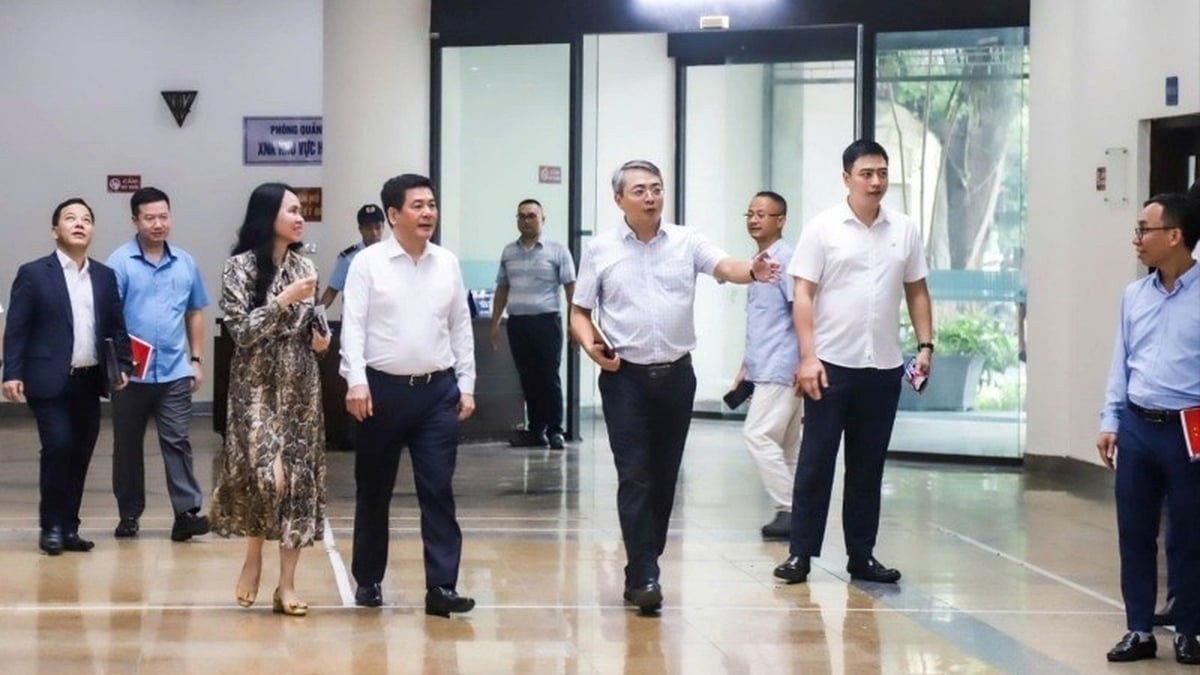

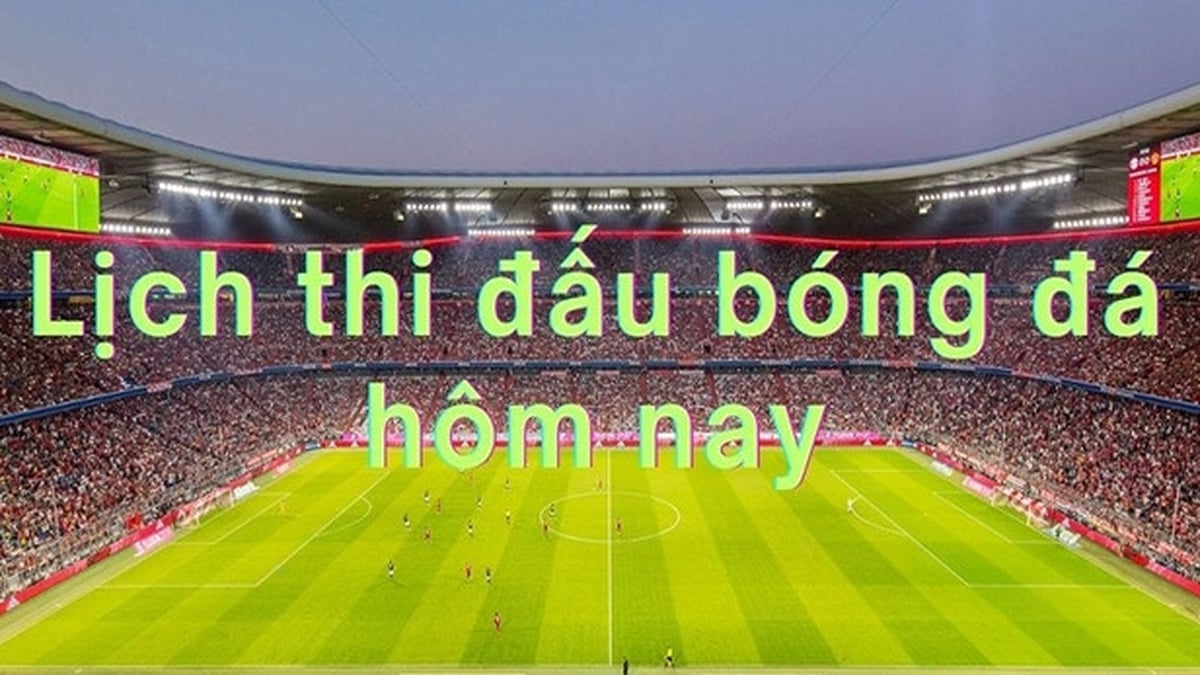
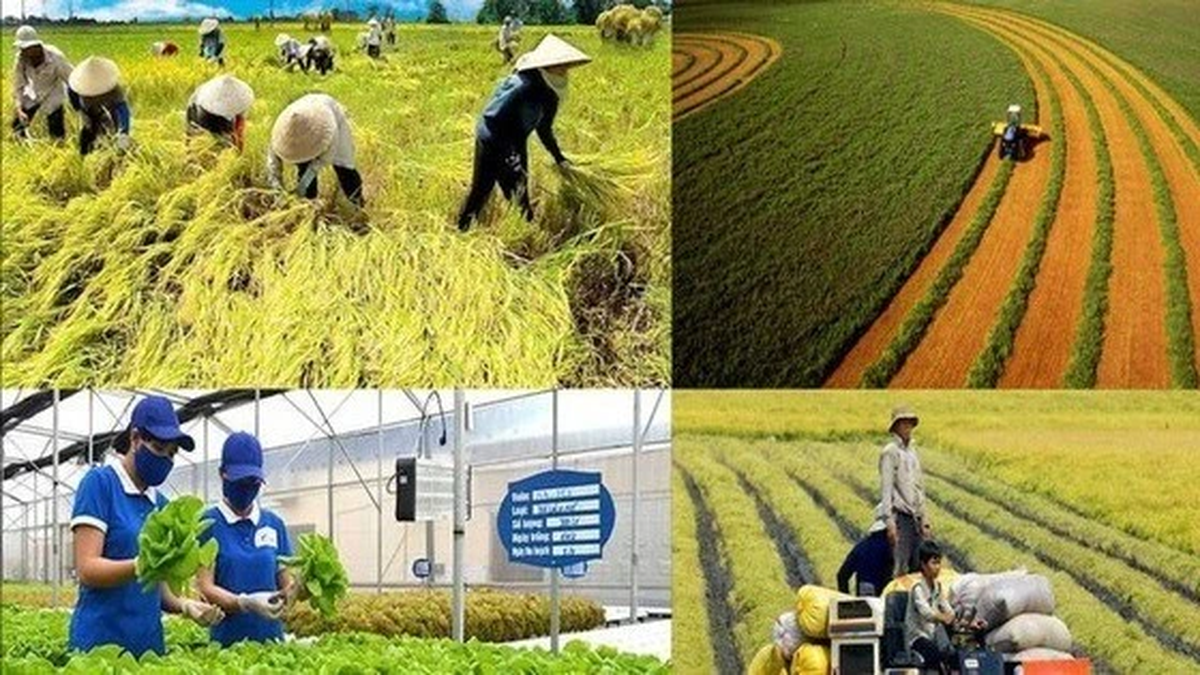
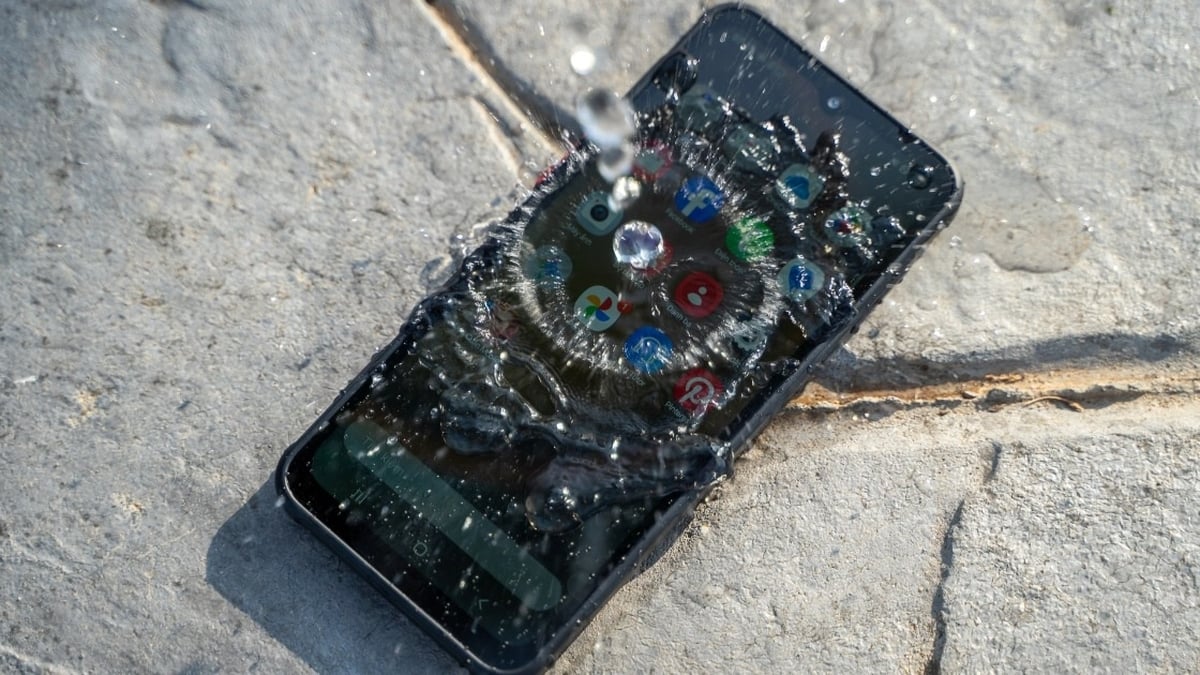
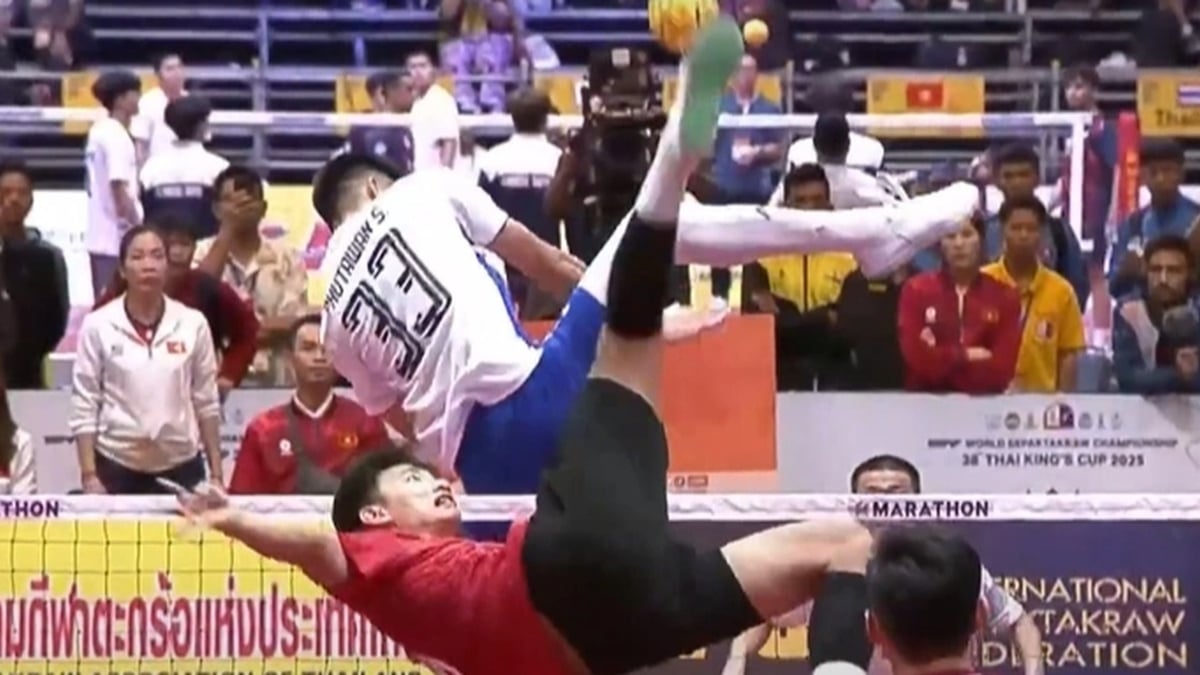

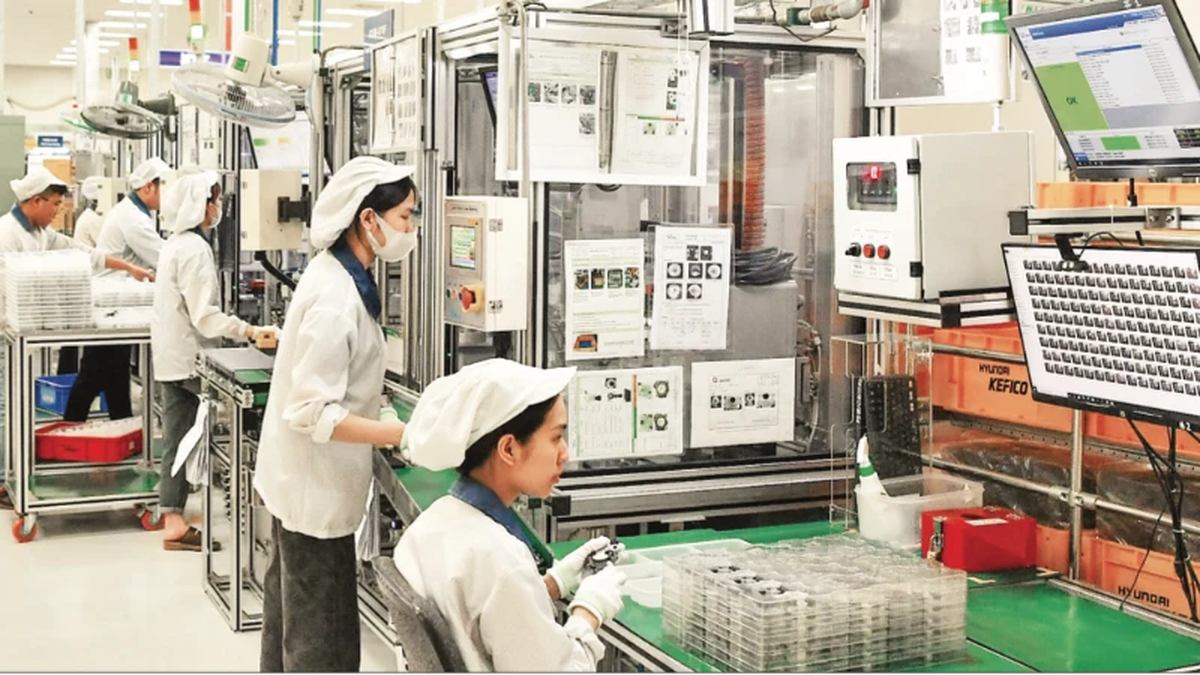













![[Photo] Signing of cooperation between ministries, branches and localities of Vietnam and Senegal](https://vphoto.vietnam.vn/thumb/1200x675/vietnam/resource/IMAGE/2025/7/24/6147c654b0ae4f2793188e982e272651)






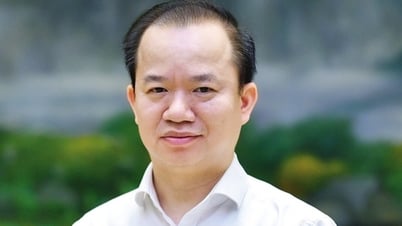

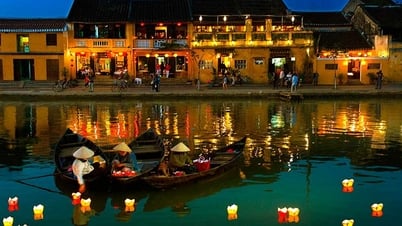



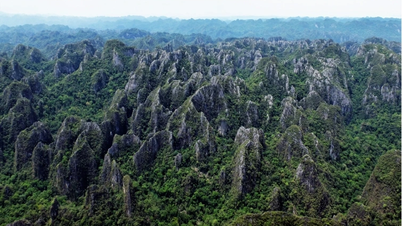

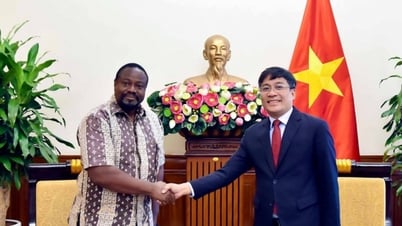
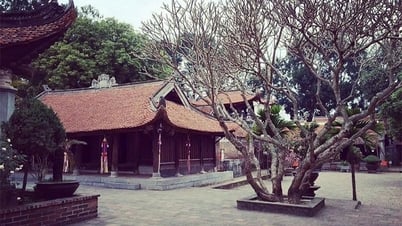

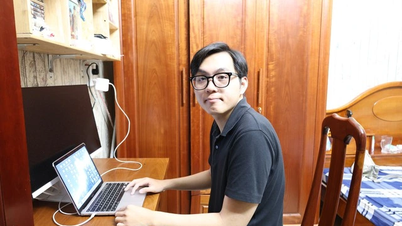

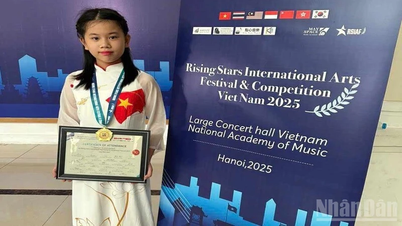

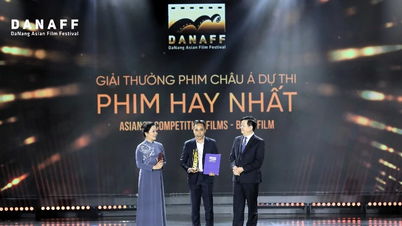
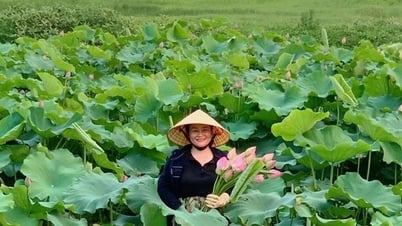

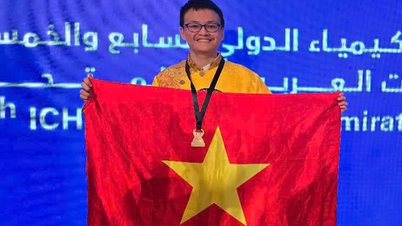

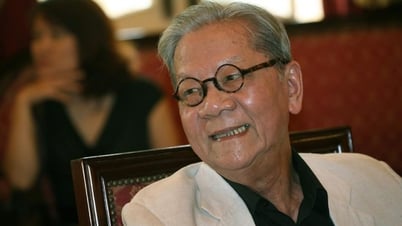








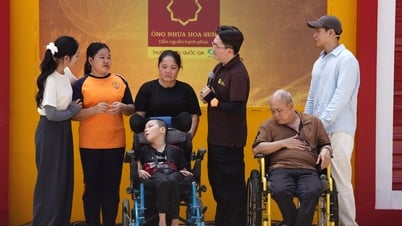
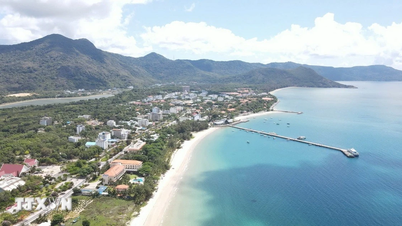
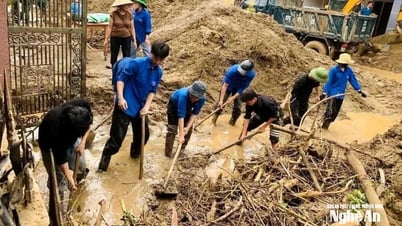

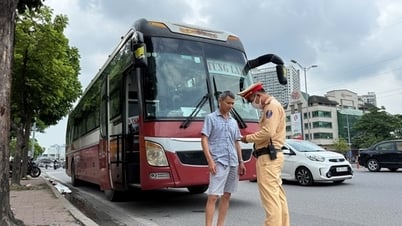



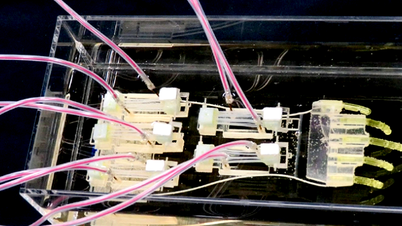
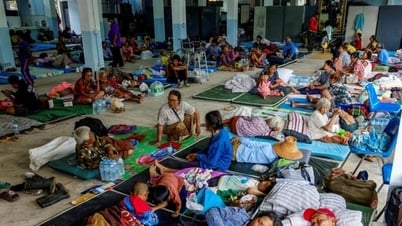

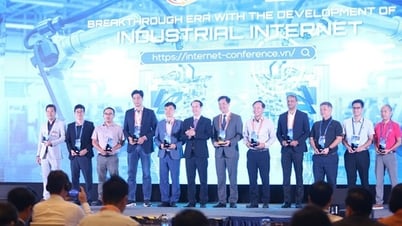

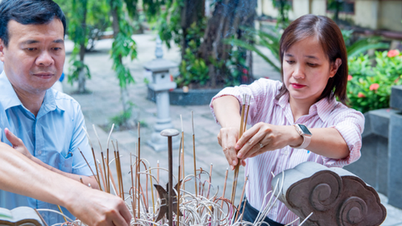
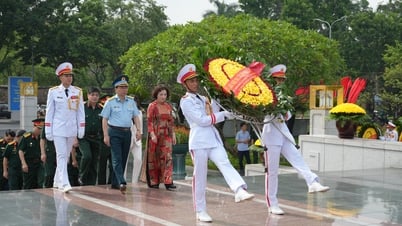

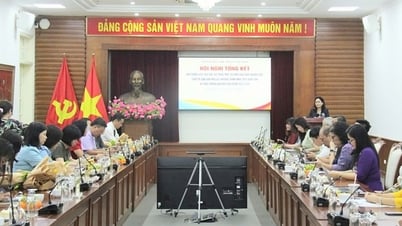

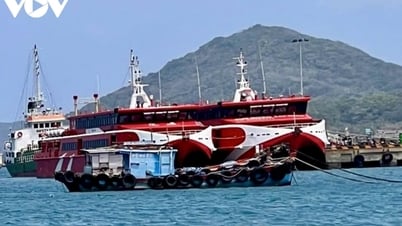
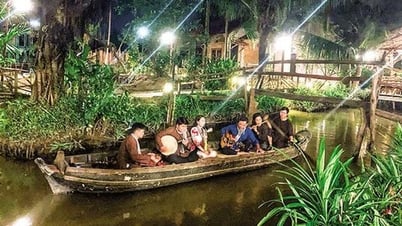






















Comment (0)